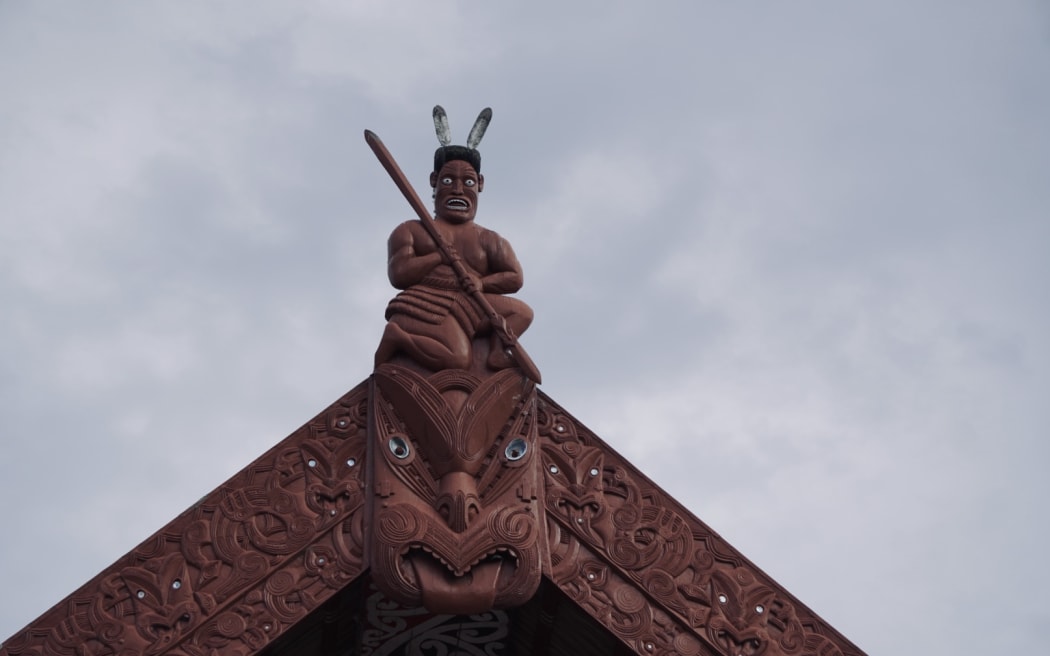Takitimu Marae taking opportunity to build back stronger after Cyclone Gabrielle
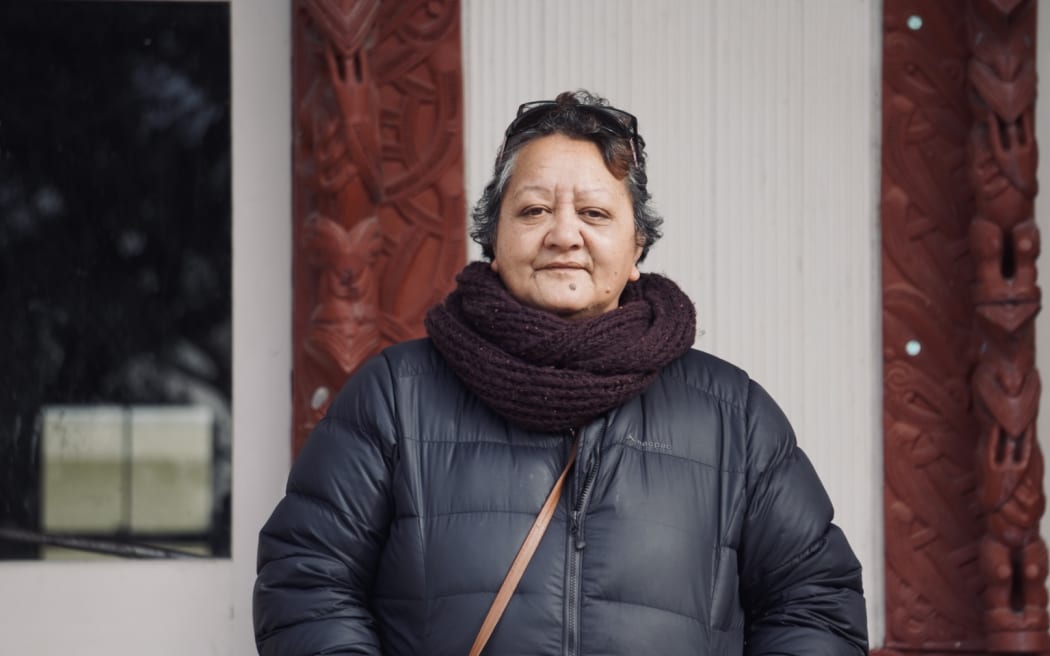
There is still mud caked into the floor of Takitimu Marae.
It has been four months since Cyclone Gabrielle devastated homes, businesses and community spaces throughout the East Coast. Wairoa, where most of the residents north of the river are Māori, have been badly hit.
At the marae, Te Aitanga ā Māhaki are taking the opportunity to build back stronger.
Kahungunu ki te Wairoa's chairperson is Wikitoria Hauraki. We sat in the cavernous dining hall, silt dust still caked into the cracks of the wooden floors.
The ornate carvings inside Takitimu Marae date back to the 1930s, Hauraki says they are the work of master carvers visiting from Ngāti Porou.
When the floodwater roared through in early February, there was nothing the community could do as it swept through the dining hall, ablution block, kitchen and wharenui.
"I just was stunned. I didn't ... I didn't know what to do and it took me a while to come right. Like, even when they were doing the clean up, I was still walking around a bit stunned by it."
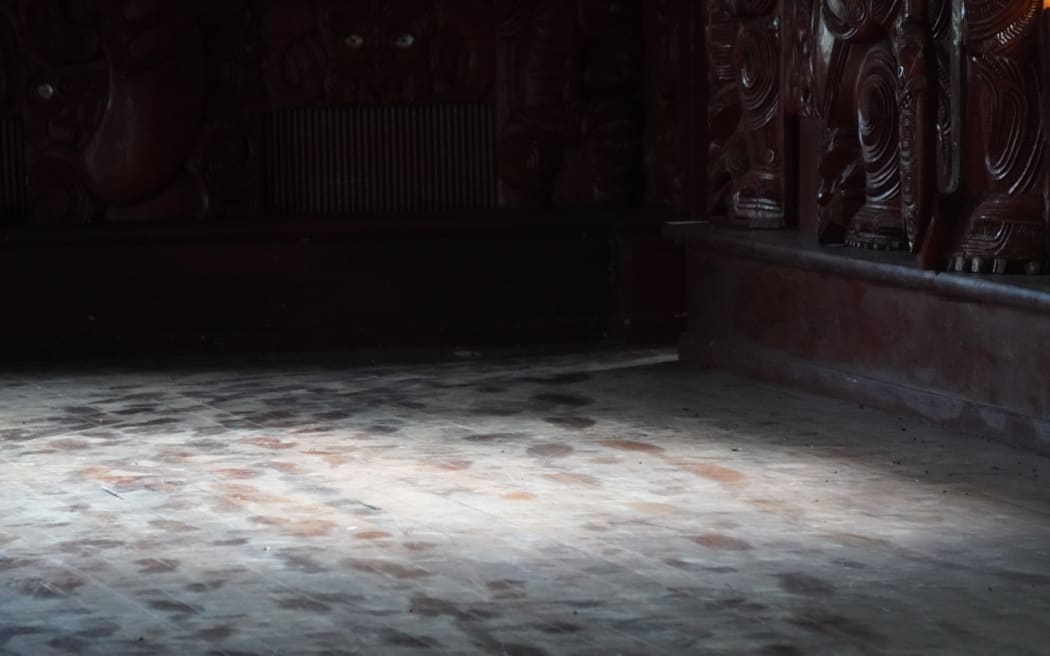
Most of the community had their own homes to worry about but those who did not came down and got stuck in with shovels and water blasters.
"I didn't know how heavy silt was 'til I picked the shovel up," Hauraki said.
"If you saw what they've done by hand -- and we're talking rangatahi that were working six to eight hours a day, and then they'd have a break, and have a kai, and then get back into it. It was enormous."
Some of the areas that were damaged needed repairs even before the cyclone and like so much of Wairoa, the marae was not insured - they just could not afford it, Hauraki said.
They had "jumped through hoops" for funding that never quite eventuated, she said.
Now, strangely thanks to the cyclone, there was more funding on the table, and a better chance some of it will come their way.
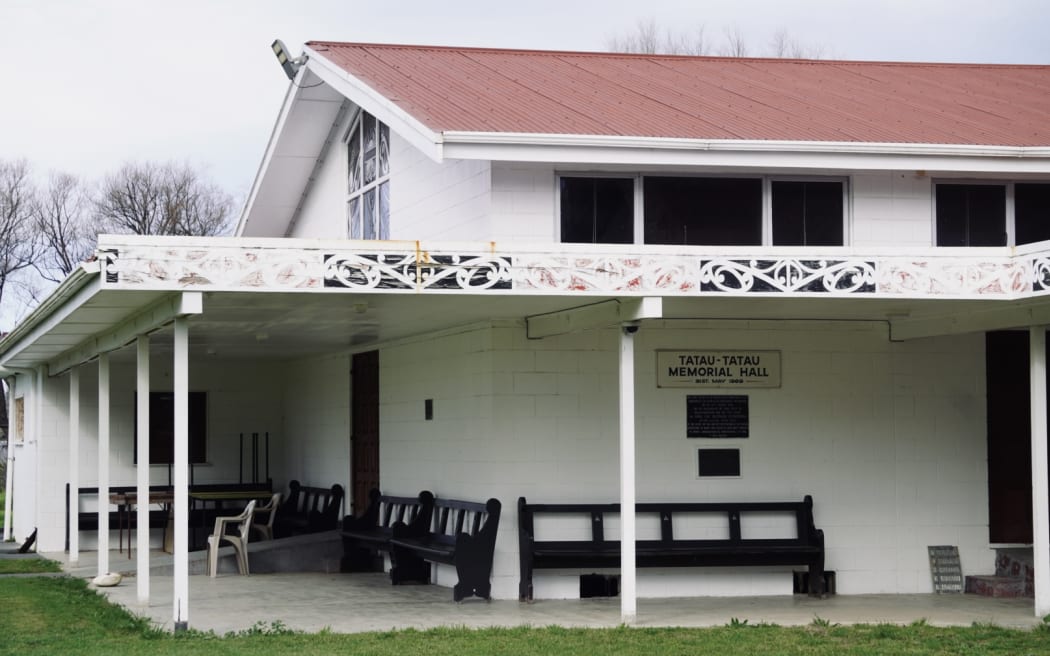
The government has announced $30 million to remove sediment and debris from whenua Māori, which Māori Development Minister Willie Jackson said was available even to those who have completed their clean up already.
Help also arrived in the form of Te Aitanga ā Māhaki's iwi neighbours, Tainui, who turned up with a team of 30 people and stayed two weeks to dig Takitimu out of the mud.
"They came up [to me] and they said, "We'll be back in two weeks, whaea. Let us know what needs to happen."
"I thought, okay," Hauraki said, perhaps a bit skeptical. "And then two weeks later they came down, they had a container, and they opened it up and all you saw was diggers, mowers, coming out of this container."
They were there for the marae and its people when few others were, she said.
"One of the hardest things after we got hit was standing outside our homes, the silt everywhere and we were up to our knees in it and looking across to our neighbour. His silt was different to ours. His was like soup."
Every time they dug a path, it would close back over again.
"[We were] watching trucks going past us to help specific neighbors - obviously the haves, and obviously, we were the have-nots."
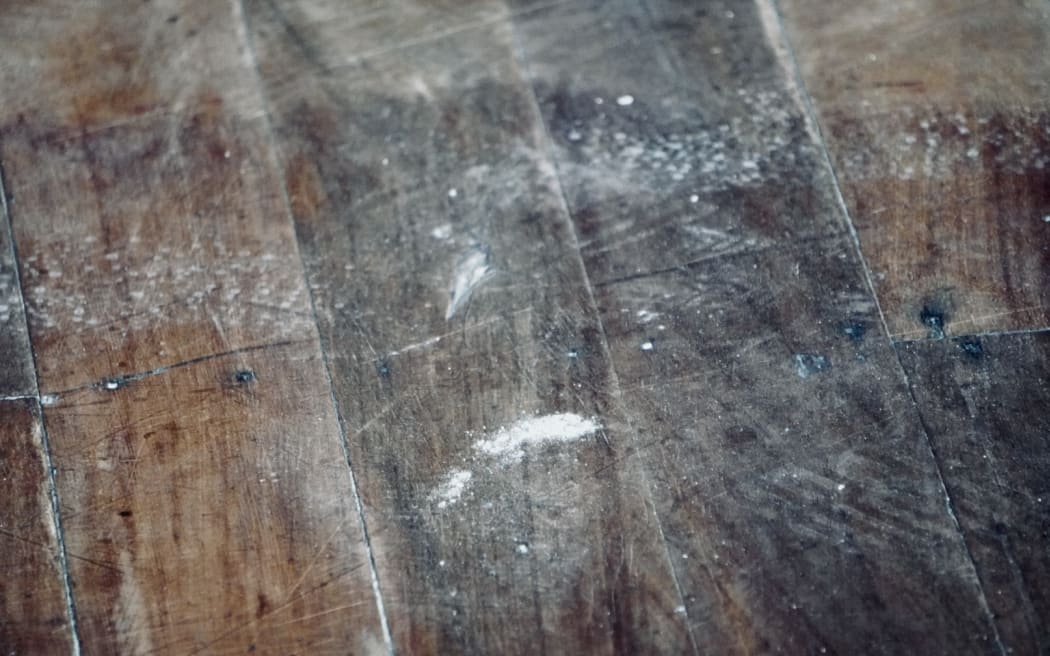
She was full of praise for those who turned up - including mayor Craig Little and his team of councillors - who Hauraki said fought diligently to get help to Wairoa, and source supplies and tools themselves.
For now, the marae was practically closed. There have been some tangi, some hui around the rebuild, but Hauraki said until that starts, the buildings were essentially shut.
The next step was to work out how to form a protective barrier around the marae, with tree planting and earthworks.
Dean Whiting from Heritage New Zealand said they would be offering technical support and traditional knowledge throughout the repairs.
"This is a large whare whakairo - maybe some are familiar with Te Whare Rūnanga at Waitangi, it's of that sort of scale and complexity - and so it's really important that support comes in, not only to do things that are needed to put things right after the cyclone, but to put it in a much better position for the community to carry on with."
Hauraki said what they needed was for those with the money to sit down at the table with them and hear what they need.
But the first job was to scrub the silt from every crack in every floorboard - something Hauraki said at her age, she would be leaving to the rangatahi.
